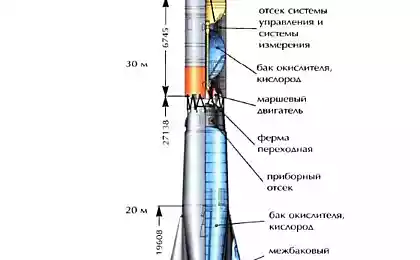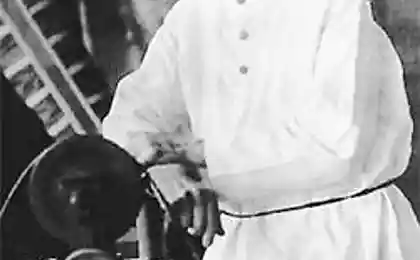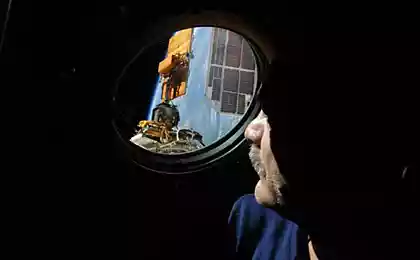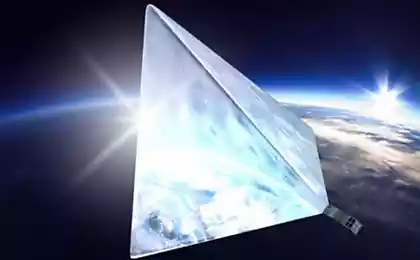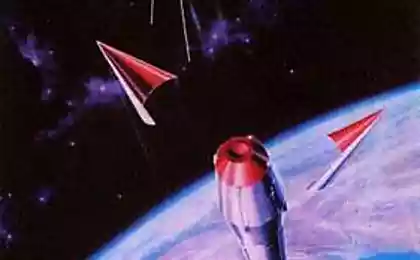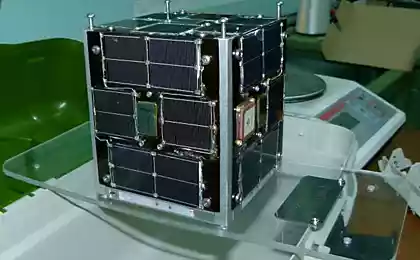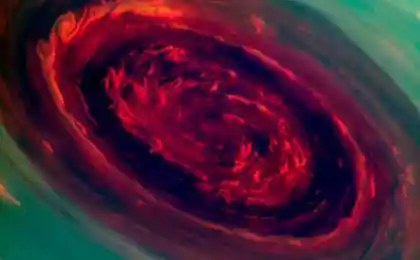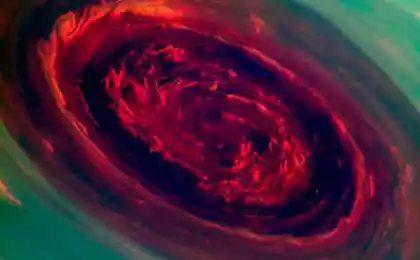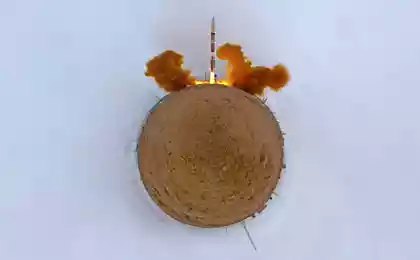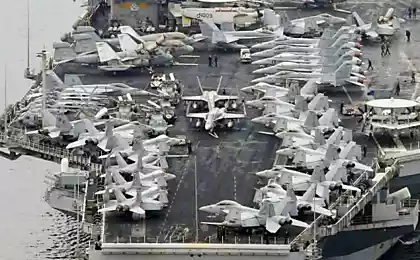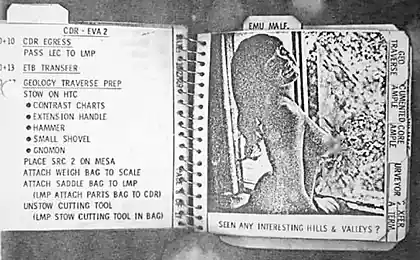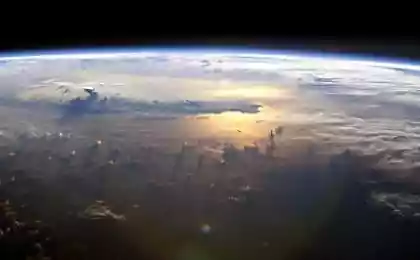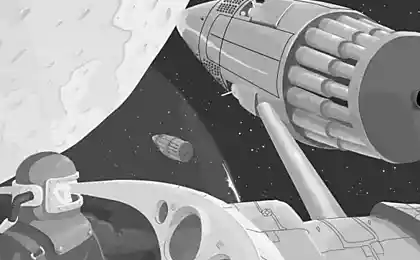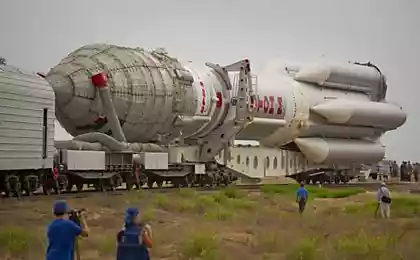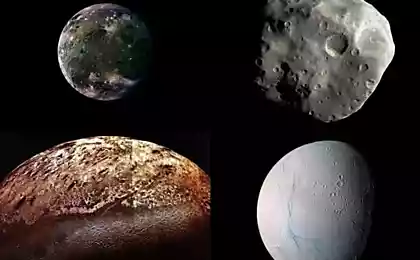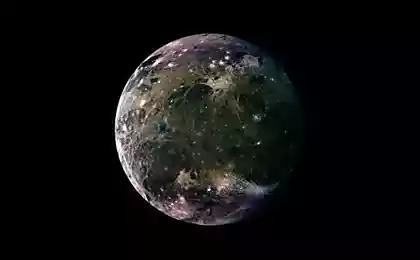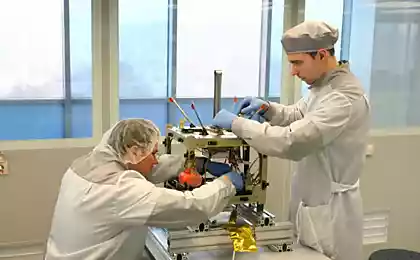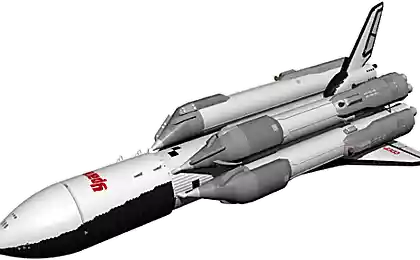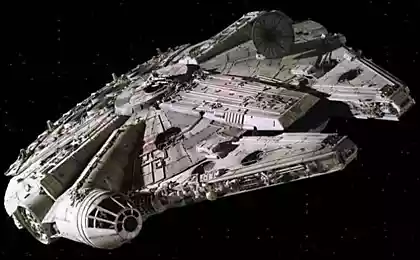407
The satellite will be to collect space debris
Three years ago, the Swiss research Institute EPFL announced its plans to create a spacecraft that could collect orbital debris and then burn it in the atmosphere, on the way back to Earth.
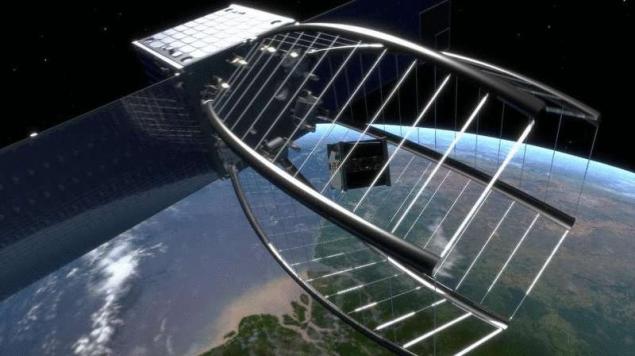
The prototype was called CleanSpace and provided tool similar to the claw for collection of space debris. Now, however, EPFL has announced that it will use a collapsible, conical net, which can collect much more debris.
When you start – perhaps as early as 2018, the first target CleanSpace One will be the now dormant satellite SwissCube. SwissCube was launched in 2009 and weighs only 820 grams. Such a small object the size of 10 x 10 cm, most likely, will spin, and take it with mesh will be much easier.
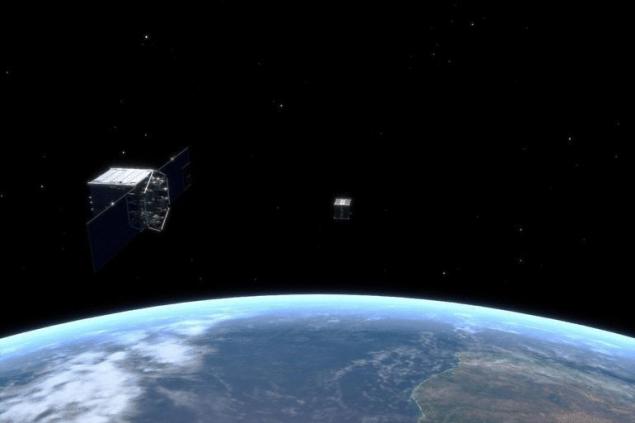
In addition, the rotation of the satellite SwissCube will make it more difficult to image because its surface alternately becomes shiny, Svedas the sun, hiding in the shadows.

That's why the vision system, CleanSpace One will calculate the algorithms that take into account variables such as the angle of the sun, the size of the target, the speed at which the target is moving, and the speed with which he moves CleanSpace One.
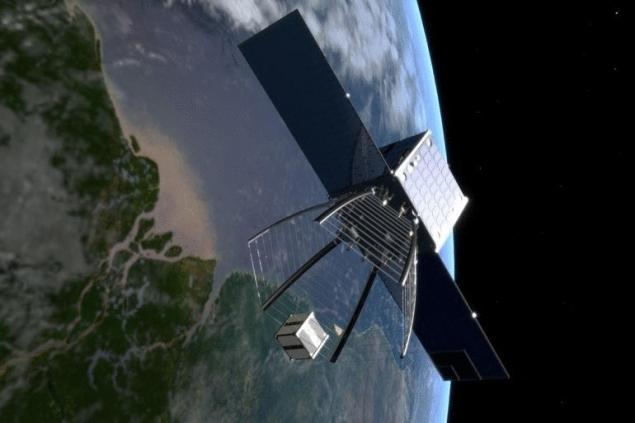
Camera with high dynamic range will also allow him to simultaneously see light and dark surfaces.
Once SwissCube will be in the operating range, CleanSpace One will expand its network around the satellite, then it will be closed to the inside.
The network was developed by students of applied Sciences University of the West of Switzerland. The animation in action can be seen in the video below. published
P. S. And remember, just changing your mind — together we change the world! ©
Source: www.facepla.net/the-news/5128-собирать-космический-мусор.html

The prototype was called CleanSpace and provided tool similar to the claw for collection of space debris. Now, however, EPFL has announced that it will use a collapsible, conical net, which can collect much more debris.
When you start – perhaps as early as 2018, the first target CleanSpace One will be the now dormant satellite SwissCube. SwissCube was launched in 2009 and weighs only 820 grams. Such a small object the size of 10 x 10 cm, most likely, will spin, and take it with mesh will be much easier.

In addition, the rotation of the satellite SwissCube will make it more difficult to image because its surface alternately becomes shiny, Svedas the sun, hiding in the shadows.

That's why the vision system, CleanSpace One will calculate the algorithms that take into account variables such as the angle of the sun, the size of the target, the speed at which the target is moving, and the speed with which he moves CleanSpace One.

Camera with high dynamic range will also allow him to simultaneously see light and dark surfaces.
Once SwissCube will be in the operating range, CleanSpace One will expand its network around the satellite, then it will be closed to the inside.
The network was developed by students of applied Sciences University of the West of Switzerland. The animation in action can be seen in the video below. published
P. S. And remember, just changing your mind — together we change the world! ©
Source: www.facepla.net/the-news/5128-собирать-космический-мусор.html
Vessels of dried flowers from Ignacio Canales Morales
Negative emotions are the main eaters of our energy


